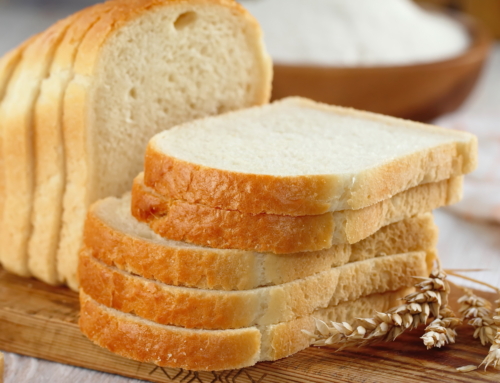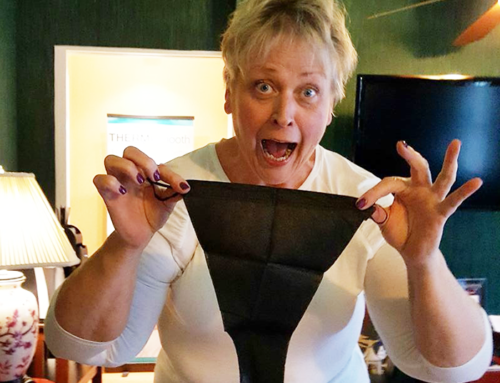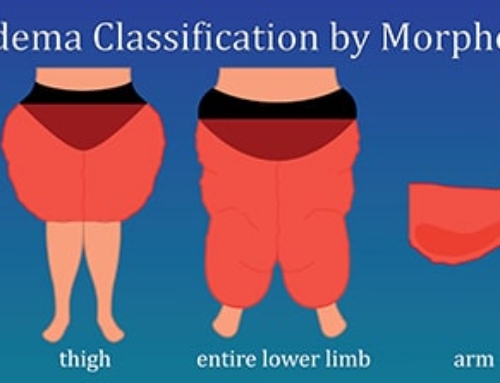By Denise Bennett
 So, did you think that Liposuction was a magic bullet? Did you think that once you had the procedure done, had successfully managed through the recovery, wore your compression garments as advised by your surgeon, and drank lots of fluids that the journey was over? Nope.
So, did you think that Liposuction was a magic bullet? Did you think that once you had the procedure done, had successfully managed through the recovery, wore your compression garments as advised by your surgeon, and drank lots of fluids that the journey was over? Nope.
You need to know this. After-care for those of us fortunate enough to have had Liposuction is very much the same as the before-care. Yep.
Since so little is really known about Lipedema, its root causes, its long-term prognosis post liposuction, etc. the recommendations for maintaining results after liposuction are very similar, if not exactly, the same as before liposuction. Recently I was able to have a great conversation with Dr. Marcia Byrd about the treatment, after-care and maintenance of Lipedema.
Her recommendations include maintaining a diet that is low in carbohydrates. For some this means choosing a KETO or (LCHF) way of eating while for others it means eating a Low Carbohydrate/High Protein (LCHP) lifestyle. Either plan requires that your carbohydrate intake is dramatically decreased. I am not a dietician, but I have spent a lifetime dieting. Determining which lifestyle is right for you needs to be based on your own knowledge of your body, your personal medical history and should include a conversation with your physician, as well as others who are living one of these lifestyles. There are several Facebook groups that collect the experiences, knowledge and support of people from around the globe who are living these lifestyles. Lipedema & Keto Way of Eating and Low Carb Journey (Cooking Keto with Kristie) are two that I follow.
What I have learned for myself is that carbohydrates elevate our blood glucose levels, which triggers a chain of metabolic events that releases insulin and cortisol. Both of these hormones signal our bodies to store fat. Individuals with Lipedema may have a metabolic –related allergic reaction to carbohydrates that contributes to the development of Lipedema, or the progression. A change in diet to reduce carbohydrate intake may help in halting or stalling the progression of Lipedema. If this is true, then it is also reasonable that low carbohydrate intake may reduce or halt the re-occurrence of Lipedema post liposuction treatment. It is certainly worth your time to investigate what works best for you and fits within your personal medical and dietary history.
I have chosen to follow a KETO way of eating. Within one week of strict adherence to eating no more than 20 total grams of carbohydrates daily, swelling that had lingered in my legs since liposuction disappeared. You read that correctly. My swelling resolved. Since swelling is often associated with inflammation, and Lipedema fat may be triggered by inflammation, I feel that for me, this may be the answer to keeping Lipedema from returning in my body, or at least slow its return. I encourage you to find what works for you.
Secondly, Dr. Byrd recommends that wearing compression on a daily basis post liposuction will also contribute to long-term maintenance of results. I know… you don’t want to hear this. It seems like wearing compression garments is the number one complaint of those of use with Lipedema. She did not say that we need to wear them all the time, just daily. Find what works for you. Do you live in a hot climate? Maybe the answer for you is to wear them at night while you sleep. On the other hand maybe it is best or more doable for you to wear them during the day when you are on your feet the most, and let your legs rest at night. Search for the garment that fits your needs, feels the most comfortable for you, and find what works to make this a part of your routine. Fit and lifestyle are important, and compression garments only work if you take them out of your drawer and put them on!
Lastly, we must stay active. This advice is good for everyone, Lipedema or not. Dr. Byrd says that it is critical for us. What type of activity you choose is up to you, but her recommendations include swimming (free compression) and walking. Keep those legs moving.
© 2019 Lipedema Surgery Center. All rights reserved.






